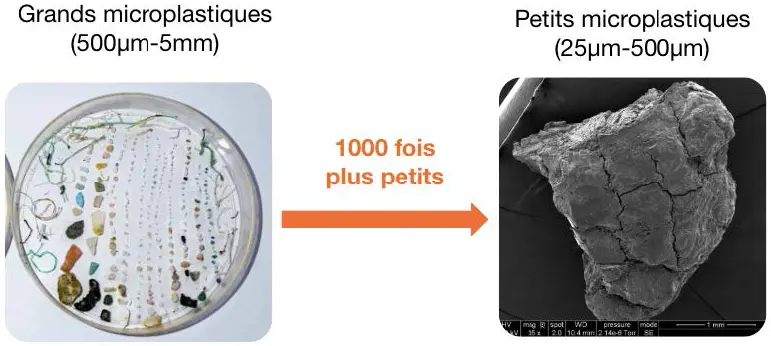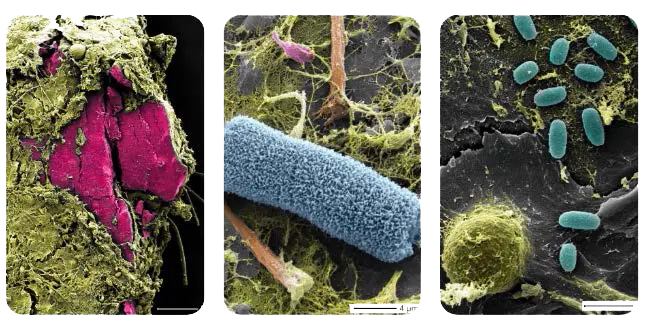Jean-François Ghiglione from the Laboratoire d’Océanographie Microbienne (LOMIC) and Alexandra from the SMODD team brougth together scientists from different fields of expertise to improve the understanding of plastic pollution. This initiative is the subject of a special issue in the journal Environmental Science and Pollution Research.
Through 14 scientific articles devoted to the study of the source, fate and effects of plastic litters in the European land-sea continuum, the scientists (around forty, in 19 laboratories) lift the veil on microplastic pollution that crosses the boundaries between ecosystems. This unique compilation highlights the major findings of the Mission Tara Microplastiques (carried out in 2019), which studied the origins and flows of plastic pollution in 9 European rivers (Loire, Seine, Rhine, Elbe, Thames, Ebro, Rhône, Tiber and Garonne). A total of 2,700 samples were taken off estuaries, at river mouths and then in riverbeds, upstream and downstream of the first major city encountered, using the same sampling methodology.
The analyses show that all the European rivers studied are polluted by microplastics, with an alarming concentration of small microplastics in number and mass. Invisible to the naked eye and liable to be ingested at all levels of the food chain (from microzooplankton to fish), these small microplastics are 1000 times more numerous (in number and mass) than large microplastics.
This discovery has been made possible by advances in technology and precision in analysis methods used in the Softmat laboratory, in particular the use of mass spectrometry after pyrolysis of microplastics. This system makes it possible to push back the limits to the infinitely small and to establish mass balances with ever greater precision.

Comparison of large and small microplastics ©Softmat

“Plastisphere”: bacteria that live on plastics ©Softmat
It has also been shown that these microplastics act as rafts for micro-organisms, facilitating their transport from one environment to another, and contributing to the spread of environmental impacts across different ecosystems. The presence of a virulent human pathogen (responsible for bacteremia, ear infections, soft tissue infections and peritonitis) has been detected on microplastics in rivers.
Other analyses also highlight the “pollutant sponge” effect of plastics, which combine with numerous harmful substances such as heavy metals, hydrocarbons and pesticides. The impact of plastics is therefore not limited to their chemical composition (more than 16,000 additives are used in their manufacture, 3,000 of which are already recognised as toxic), but also to the chemical cocktail that plastics pick up as they travel through river and oceans.
This study has been widely reported in the media, both nationally and internationally. This interest illustrates society’s growing concern about plastic pollution, as well as the need to continue research regarding this issue and take action to limit its impact on the environment and human health.
